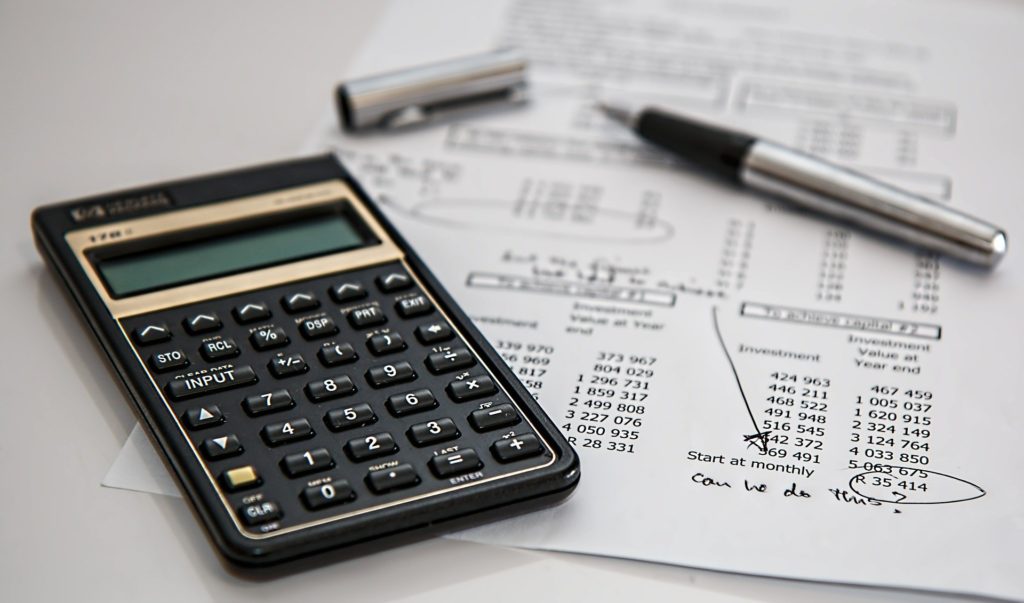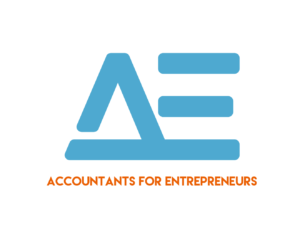
Not everyone enters the field of business with a business or accounting degree. While you might think that this leaves you at a disadvantage, that does not have to be the case. While it can be tempting to just leave all the math and finances to your accounting services, it is still better to have even just a cursory understanding of these financial statement concepts.
Not only do basic accounting skills enable you to understand your own business better, but it might also give you a better grasp of managing it.
Everyone can benefit from understanding a few basic accounting reports and drawing clearer conclusions about the financial position of a company. To help you on this journey, we have compiled this list of the accounting terms you might find on a balance sheet, as part of our series of articles describing various accounting concepts.
What is a Balance Sheet?
The balance sheet is the report on all of a company’s assets, liabilities, and equity at any given point in time. Essentially, the balance sheet relies on the relationship between all these concepts. This relationship is outlined in the fundamental accounting equation, where Assets = Liabilities + Equity.
This sheet was essentially designed to provide context to a company’s current financial position. It is a snapshot of the company’s financial position at this particular point in its lifespan. Other terms related to it are as follows:
1 – Asset (A)
This is any property of the company that has monetary value. These are organized according to liquidity, which is a measure of how easy it is to convert to cash.
Cash, for example, is the most liquid; land is among the least liquid. Note that there are two types of assets: short term assets (used in less than a year such as cash) and long term assets (isn’t utilized within one year such as plant, property, and equipment).
2 – Liability (L)
This refers to all debts that a company or business has yet to pay. This is the umbrella category that covers Accounts Payable, Payroll, Loans, and so on.
Similar to short term and long term assets, liabilities can be categorized into both short term liabilities (less than one year) and long term liabilities (longer than one year) as well.
3 – Equity (E)
This refers to the value of your business left over after liabilities have been removed. It is the total value of your Assets minus your Liabilities. Equity is the total value of the business, divided among shareholders.
You may also hear it as Shareholder Equity. Both are interchangeable with the goal to increase in value over time (think Amazon)
4 – Accounts Payable (AP)
This refers to all the expenses a business has incurred but not yet paid.
On balance sheets, it is recorded as a liability as it is considered a debt owed by a business. You may also hear it labeled as accrued expenses. Typically, accounts payables are expected to be paid off within a year.
5 – Accounts Receivable (AR)
As you might infer, this refers to the accounts owed to a company that it has not successfully collected. This includes revenues from clients that remain unpaid. AR is recorded as an asset that can be converted to cash in the short-term.
Keep an eye out for your AR balance as an increasing AR balance could be a cause for concern.
6 – Accrued Expense
An accrued expense is one that hasn’t been paid yet. Essentially, accounts payable is a collection of accrued expenses. Refer above.
7 – Book Value (BV)
There are many assets that depreciate with time. In many companies, this is often specialized equipment or vehicles.
The Book Value is the original value of the asset minus the accumulated depreciation. BV is also known as the Carrying Value (CV), which is different from the Fair Value—a figure determined by market conditions.
8 – Inventory
This refers to the products that remain in the company’s property that remain unsold. These are considered assets for the purposes of a balance sheet. The ultimate goal of inventory is for resale and is important to keep track of.
Final thoughts
The world of accounting is tough, but these terms don’t have to be entirely foreign concepts.
It is not just about understanding how the money works, but about having a better relationship with your growth services. With an improved relationship, you might be able to facilitate your scaling far more easily.
If you want to learn about income statement terms, stay tuned for part two of this article, where we will go over more accounting concepts in depth.
If you’re looking for accounting services to help run your finances, send us a message. We love to make our customers happy by growing their profits and relieving their bookkeeping and tax stress.

1 Comment